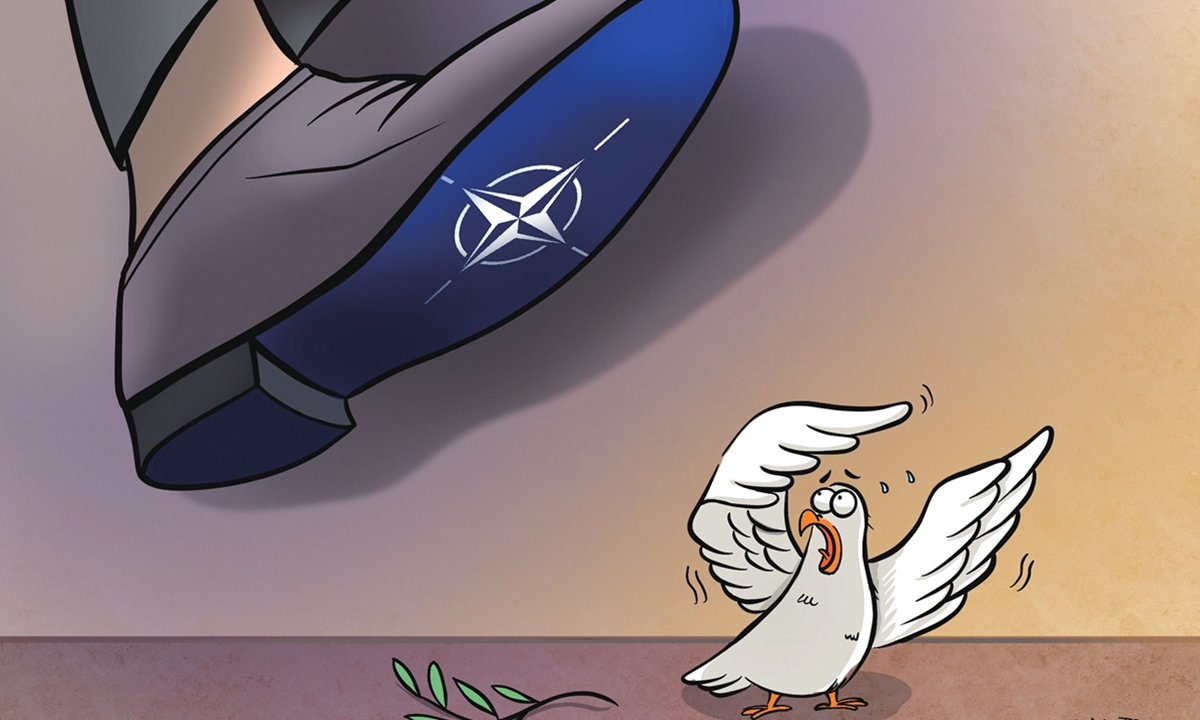In a case that has captured the attention of both legal experts and the public, Willie Jerome Manning stands convicted of a crime that he did not commit. The conviction of Mr. Manning who was sentenced to death for the murders of two Mississippi State students, now faces scrutiny due to newly discovered evidence pointing toward his wrongful conviction. This isn’t the first time evidence has been presented to the court based on untruthful testimonies about Willie Manning by witnesses eager to cut deals with the state by providing false testimonies.
Exonerated for the Elderly Mother and Daughter Murders
Mr. Manning was unjustly condemned to death for two separate double murders and has been exonerated of the 1993, case of murdering an elderly mother and daughter in Starkville, Mississippi. The Mississippi Supreme Court recognized vital evidence was hidden, showing that the state’s main witness lied for self-benefit.
The State’s Case against Willie Manning
Two college students, Tiffany Miller and Jon Steckler were found murdered on December 11, 1992. Four months later, in April of 1993, Manning became a primary suspect. The Oktibbeha County Mississippi Circuit Court appointed post-conviction lawyers twice. Both times the attorneys withdrew because they were not familiar with state post-conviction and federal habeas corpus practices. Meanwhile, an exceptionally experienced attorney in post-conviction and federal habeas corpus practice had the desire to represent Mr. Manning, and the circuit court of Oktibbeha County Mississippi ignored the attorney’s motion.
In the parking lot of an apartment building, Tiffany Miller’s vehicle was discovered double-parked. The car was a two-seater and evidence that Jon Steckler had been run over was clear from his blood found underneath the vehicle. Sheriff Dolph Bryan assumed a connection between the murders and a previous car break-in. Bryan’s theory lacked concrete evidence as he believed the murder victims interrupted a theft in progress from John Wise’s car burglary. The break-in occurred at a fraternity house parking lot on the campus of Mississippi State University. The burglarized car belonged to Wise, who reported missing items which included a leather jacket, a portable CD player, and a brass restroom token. Some of the local businesses used brass tokens for entering their restrooms, and one was found near the murder victims, about five miles from the house Willie lived in with his mother. John Wise declared that the discovered coin exhibited a shiny appearance, contrasting with his own, which did not.
The sheriff created a scenario of the perpetrator forcing Miller and Steckler into Miller’s car, with Tiffany Miller sitting on Willie Manning’s lap and Jon Steckler driving. After reaching the destination, the sheriff surmised that the victims were forced out of Miller’s car and shot, after which the murderer drove the car to an apartment complex and abandoned it. Sheriff Dolph Bryan orchestrated this entire crime scene without physical evidence or witnesses.
This investigation resulted in Manning’s conviction, which was partially based on the discovery of a hair fragment belonging to a Black individual in Miller’s car. The hair fragment was admitted as evidence, and as a result, the sheriff and prosecutor implied Mr. Manning’s presence in the vehicle. The Department of Justice has acknowledged that the FBI’s hair analysis testimony at Manning’s trial was unreliable and false. Mr. Manning is actively contesting his conviction of the double homicide.
Fabricated Testimonies and Sheriff Dolph Bryan
The case against Willie Manning is fundamentally weak, as it’s characterized by speculative assumptions from Sheriff Bryan, fabricated testimonies, and questionable forensic analysis, including the use of discredited hair follicle science. Willie Manning was convicted on jailhouse informant testimony made by Earl Jordan, Frank Parker, and Renee Hathorn. Each of the sheriff’s informants was facing prison time for criminal charges. Every jailhouse informant gave fabricated testimonies in return for reduced sentences or total exoneration, with two of them receiving financial rewards.
According to Earl Jordan’s affidavit, the sheriff indirectly made it clear that he would assist Jordan with his habitual offender charges in exchange for helping him with Manning. The sheriff and Jordan met four or five times and Jordan’s testimony was fabricated under the sheriff’s influence. In exchange, Jordan received some reward money and a 3-year sentence reduced to time served. Jordan submitted an affidavit because Dolph Bryan was no longer the sheriff. Bryan served as sheriff of Oktibbeha County from 1976-2012.
Similarly, Frank Parker’s testimony included claims of overhearing Manning confess to a cellmate about disposing of a gun and admitting to the murders. An affidavit from Willie’s cellmate challenges the credibility of this statement. Parker also stated he was fleeing charges in Texas and turned himself in at the jail in Mississippi.
Parker’s uncle, who housed Frank for over a decade, informed law enforcement about his nephew’s longstanding dishonesty. He recounted an incident where, during their absence, Frank cleared out their house and pawned their valuables. Frank’s uncle filed charges against him and subsequently informed law enforcement in Oktibbeha County that he would not consider Frank as a witness in any case, due to his lack of trustworthiness.
Renee Hathorn was Willie’s girlfriend at the time and her role was particularly pivotal. Hathorn testified against Manning for the defense. In an affidavit, she states that Sheriff Dolph Bryan pressured her into getting Willie to confess to the murders of Steckler and Miller. He never did, he consistently maintained his innocence. She also visited with Willie in his jail cell at night from time to time, while wearing a wire. Sheriff Dolph Bryan also met with her to discuss and rehearse her trial testimony. Before testifying during the trial, the sheriff gave her money, paid her bills sometimes, and also paid for some furniture. He additionally picked her up and purchased food from a fast food restaurant. Hathorn was facing from 8-10 years in prison and additional years on parole for a total of 33 bad checks in Oktibbeha and Lowndes Counties. She additionally states that she accrued bad check charges in Macon, Clay, and Jackson counties. She owed more than $10,000 in fraudulent checks and court fees. All of this was erased in exchange for her fabricated testimony. Additionally, she received $17,500 in reward money.
No Witnesses, Physical Evidence, DNA, Fingerprints or Fibers
The forensic analysis of hair by the FBI failed to conclusively establish a match between the hair discovered in the vehicle, where two students from Mississippi State were allegedly apprehended, and Willie Jerome Manning. The initial classification of the hair as originating from a Black individual was a critical factor in implicating Mr. Manning in the murder. There is an absence of definitive physical evidence connecting Manning to the crime. There are no witnesses, fingerprints, DNA, or blood, and there are not any fibers. The prosecution’s argument hinged primarily on the testimony of prison informants and a hair that the FBI initially claimed was consistent with a Black person. However, the FBI later withdrew this claim, admitting that such a conclusion surpasses the scientific validity of hair analysis, thereby rendering it unreliable and scientifically unsound. Mr. Manning underwent trial, was found guilty, and subsequently sentenced to death row, based on contrived testimonies from jailhouse informants, prepared and orchestrated by Sheriff Dolph Bryan.
The prosecution in Willie Manning’s case relied on several key pieces of fabricated evidence. Testimonies from informants such as Earl Jordan and Frank Parker, who later admitted their statements were false and put them under pressure in exchange for wiping their criminal slates clean.
The role of the prosecutor was crucial in assembling and presenting these elements as part of the case against Manning. The prosecution’s case against Mr. Manning included forensic evidence, deemed unreliable. An expert asserted that bullets recovered from a tree in Manning’s yard were discharged from the same firearm used in the students’ murder, claiming this to the exclusion of all other firearms globally. However, current forensic science discredits such bullet comparisons as invalid. Mr. Manning has submitted a new petition to the Mississippi Supreme Court to contest his convictions in this case. Should this petition be rejected, it could lead to the court setting an execution date for him.
This article was composed using information sourced from the following petition:
Willie Jerome Manning, Petitioner, v. State of Mississippi, Respondent. In The Supreme Court of Mississippi, No. 2023-DR-01076. Motion for Leave to File Successive Petition for Post-Conviction Relief. Attorneys: Krissy C. Nobile, Robert S. Mink, Sr., David P. Voisin, Clocked: September 29, 2023, 19:24:16.
Nancy Lockhart is an analyst and strategist specializing in cases of grave injustices. E-mail: TheWrongfulConviction@gmail.com. Voicemail: (914) 984-7990. Visit https://nancylockhart.net for the latest updates and discover methods of advocating to assist Willie Mannings campaign. Read other articles by Nancy.


